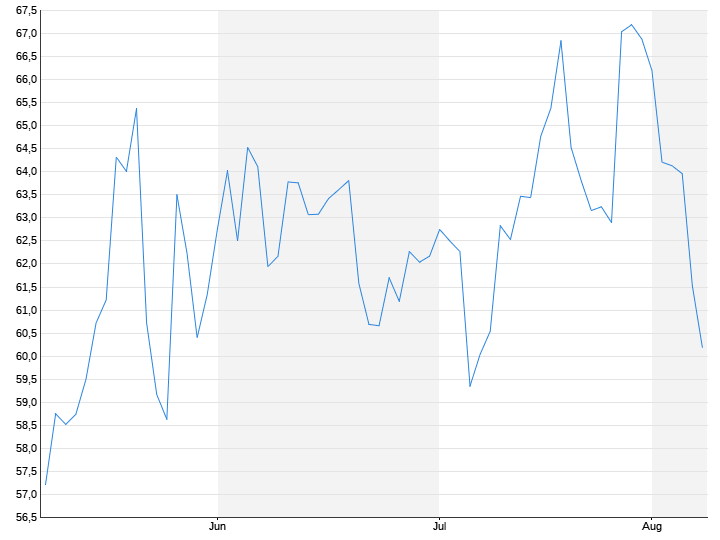Home office boom is coming to an end
Even Zoom brings employees back to the office
By Malte Mansholt
08/09/2023, 11:30 a.m
During the corona pandemic, companies discovered the advantages of working from home. But even with pioneers and tech companies, it’s now time to get back to your desk in the office!
It was a boom out of nothing. In February 2020, only very few people knew the company Zoom, but with the global outbreak of the corona pandemic, the video telephony software was suddenly on everyone’s lips. Whether business meetings, internal office appointments or school lessons: everything went at once via video calls. And the small company Zoom became a global player in one fell swoop. But the home office boom is slowly but surely coming to an end. And even Zoom relies on presence again.
According to information from the “New York Times”, the company announced this last week in a heated meeting with its employees. In the – what else – held via Zoom, the company set clear rules. All company employees who live less than 80 kilometers from the office must return to work at least part-time.
The company confirmed the move to the newspaper. “We think a hybrid solution – employees who live near the office needing to be in the office to interact with their teams a day or two a week – is best for Zoom,” a spokesman said.
According to the NYT, the employees don’t seem to like it that much. According to anonymous participants, CEO Eric Yuan had to put up with numerous frustrated inquiries during the meeting. The employees expressed dissatisfaction with travel times and additional costs due to commuting.
Expensive office space
The fact that even Zoom is bringing its employees back to the office is a memorable sign of a rethink when it comes to working from home. While numerous companies had announced quasi-permanent work from home during the pandemic, even the most committed advocates such as Google or Twitter have long rowed back and demanded that at least a few working days per week be spent in the office again.
Even if the companies usually name hopes for better cooperation as a reason, the way back to the office is often simply for financial reasons. On the one hand, of course, there is the expensive office space that was vacant at tech companies in the best locations in Silicon Valley. Google tried to lure colleagues into the office with concerts and parties, for example, but they are now also obligated to be there a few days a week.
On the other hand, the step also offers the opportunity to shrink the workforce in a cheap way. If you don’t want to or can’t make the commute, you’ll just look for something else. Even before the step, Zoom, like many other companies in the industry, had significantly reduced its workforce, with more than 1,300 employees having been laid off.
The time of rapid growth is probably over for the video service. At the beginning of the pandemic, Zoom usage had exploded, with the company growing from 10 to 200 million monthly users in just a few months. The profits shot up accordingly. However, they soon leveled off and grew significantly less. In the first quarter of 2023, revenue even fell for the first time.
Expectations on the stock market have also fallen accordingly. While Zoom was valued at almost $160 billion at the end of 2020, the price has steadily fallen since then. Zoom is currently worth almost $20 billion. As much as in January 2020. But that’s not a cause for concern, CEO Yuan assured in a shareholder meeting. An end to the home office is far from in sight.
This text first appeared in stern.de.
